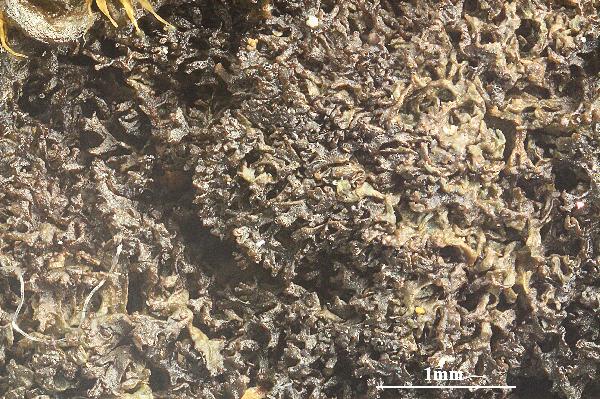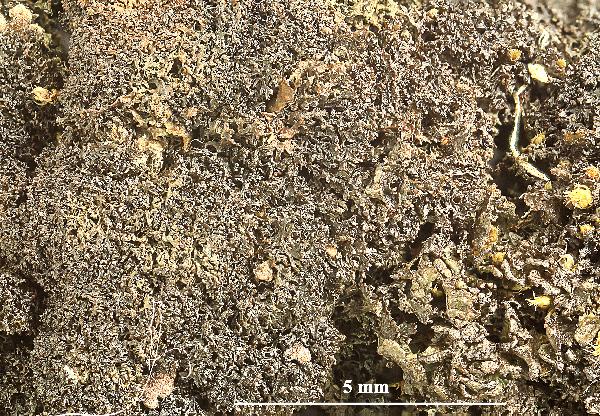Scytinium subtile (Schrad.) Otálora, P.M. Jørg. & Wedin
Fungal Divers., 64, 1: 291, 2013. Basionym: Lichen subtilis Schrad. - Spicil. Fl. Germ., 1: 95, 1794.
Synonyms: Collema minutissimum Flörke non auct.; Collema subtile (Schrad.) Hoffm.; Leptogium minutissimum (Flörke) Fr. non auct.; Leptogium subtile (Schrad.) Torss.
Distribution: N - Ven (Anzi Lich. Lang. 539: Jørgensen 1994), TAA (Nascimbene 2013, Nascimbene & al. 2022), Lomb (S-L35506), Piem (Isocrono & al. 2004), VA (Piervittori & Isocrono 1999), Emil (Nimis & al. 1996, Fariselli & al. 2020), Lig (GE 160). C - Tosc, Laz (Ravera 2001), Abr (Nimis & Tretiach 1999), Mol (Caporale & al. 2018, Caporale & Ravera 2020), Sar (Zedda 2002).
Description: Thallus small-squamulose to subfoliose, somewhat gelatinous when wet, bluish grey to dark brown, thin, loosely attached, usually forming 0.5-1.5(-2) cm wide patches, the main lobes (0.1-)0.5(-1) mm wide, 50-90 µm thick, elongate-subcylindrical, smooth, subdivided into 0.06-0.1 mm wide, flattened to terete lobules which are usually stellately arranged around the apothecia. Thallus paraplectenchymatous throughout. Apothecia rare, lecanorine, characteristically globose, sessile, strongly constricted at base, (0.2-)0.4-0.7(-1) mm across, with an orange-brown, smooth disc and a usually lobulate, paler thalline margin. Proper exciple euparaplectenchymatous but thin, 10-20 µm wide; epithecium brownish; hymenium colourless, 100-170 µm high, I+ blue; paraphyses coherent, mostly simple, c. 1 µm thick at mid-level, the apical cells slightly swollen; hypothecium colourless. Asci 8-spored, narrowly clavate, the apex strongly thickened, the apical dome K/I+ pale blue, with a downwardly projecting K/I+ deep blue tubular structure. Ascospores submuriform to muriform, with (3-)5(-7) transverse septa and 1-2 longitudinal septa, hyaline, ellipsoid, (16-)20-30(-35) x (7-)10-14(-17) µm, thin-walled. Photobiont cyanobacterial (Nostoc, the cells in short chains). Spot tests: all negative. Chemistry: without lichen substances.Note: a mild-temperate lichen found in the basal parts of old trees with a base-rich bark, especially Juglans, Populus and Salix, sometimes on nutrient-enriched wood, more rarely on soil.
Growth form: Squamulose
Substrata: bark, soil, terricolous mosses, and plant debris
Photobiont: cyanobacteria, filamentous (e.g. Nostoc, Scytonema)
Reproductive strategy: mainly sexual
Commonnes-rarity: (info)
Alpine belt: absent
Subalpine belt: absent
Oromediterranean belt: absent
Montane belt: rare
Submediterranean belt: rather rare
Padanian area: absent
Humid submediterranean belt: rather rare
Humid mediterranean belt: absent
Dry mediterranean belt: absent
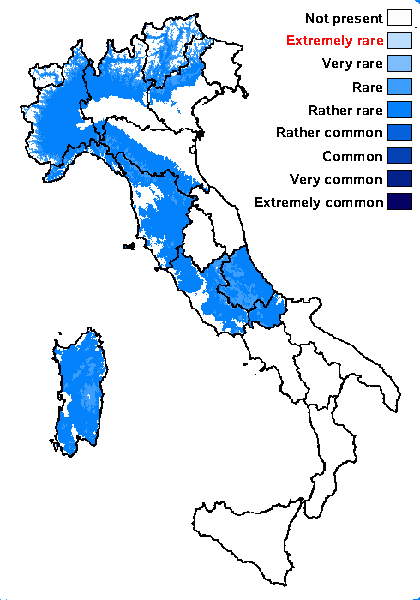
Predictive model
Herbarium samples
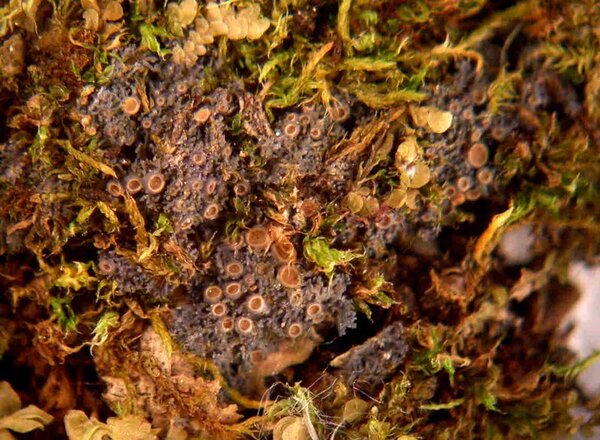

Curtis Randall Björk – CC BY-SA 4.0
British Columbia, Wells Gray Provincial Park area, Edgewood Research & Education Centre Date: 2011-03-08 On moss at base of Populus trichocarpa in open Betula-Picea-Pinus-Populus forest; photographed from a specimen
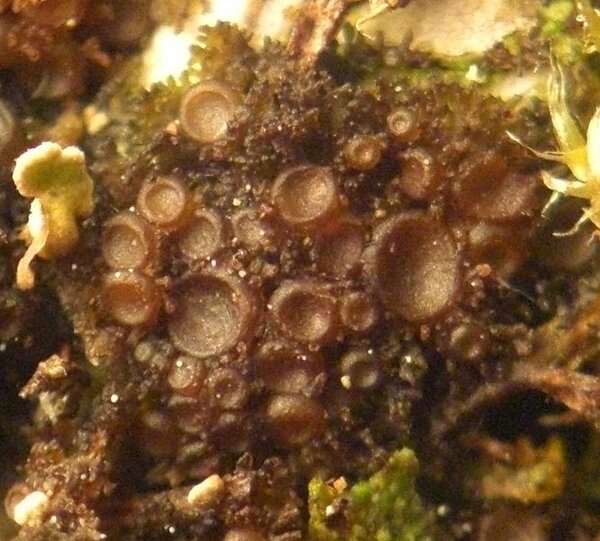

Curtis Randall Björk – CC BY-SA 4.0
British Columbia, Clearwater Valley, Dawson Falls Date: 2012-04-08 On wood of Thuja snag in oldgrowth forest, in waterfall sprayzone
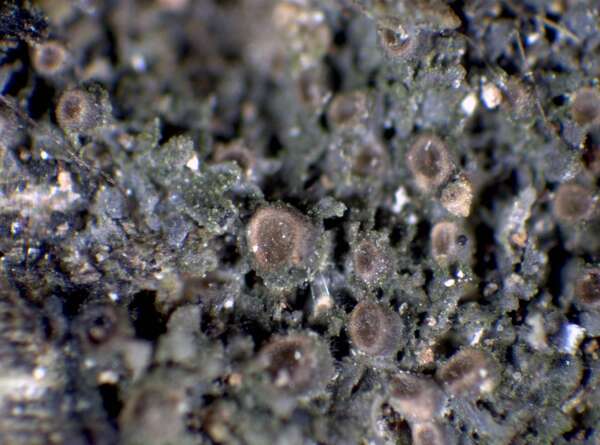

P.L. Nimis; Owner: Department of Life Sciences, University of Trieste
Herbarium: TSB (24351)
2001/11/26
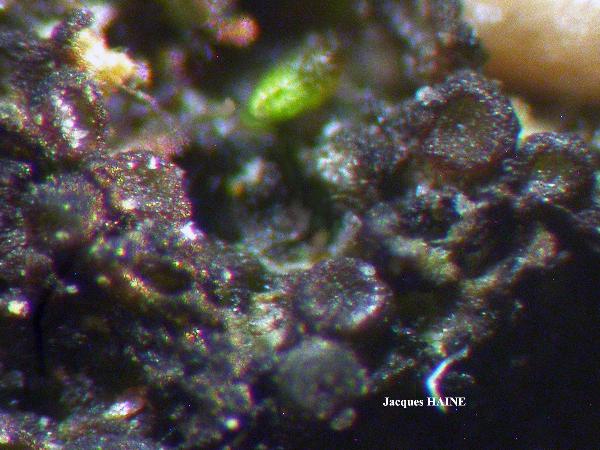
Jacques Haine - Source: http://www.lichensmaritimes.org/index.php?task=fiche&lichen=1247&lang=en
Belgium
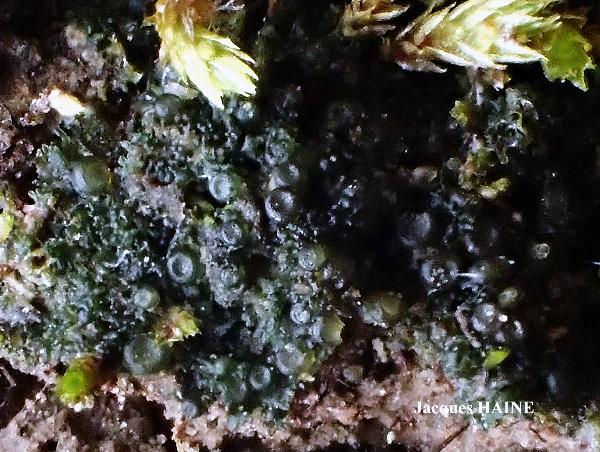
Jacques Haine - Source: http://www.lichensmaritimes.org/index.php?task=fiche&lichen=1247&lang=en
Belgium
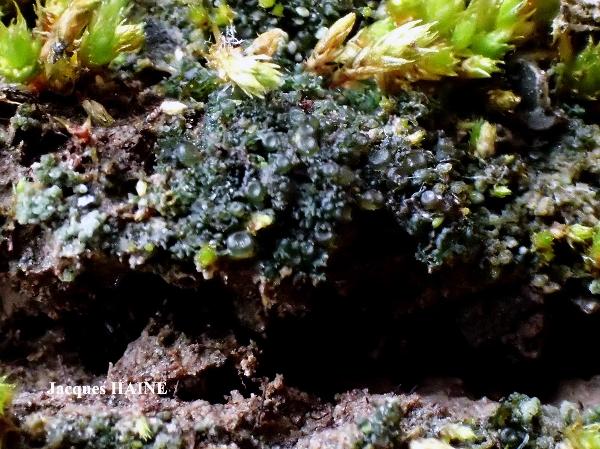
Jacques Haine - Source: http://www.lichensmaritimes.org/index.php?task=fiche&lichen=1247&lang=en
Belgium
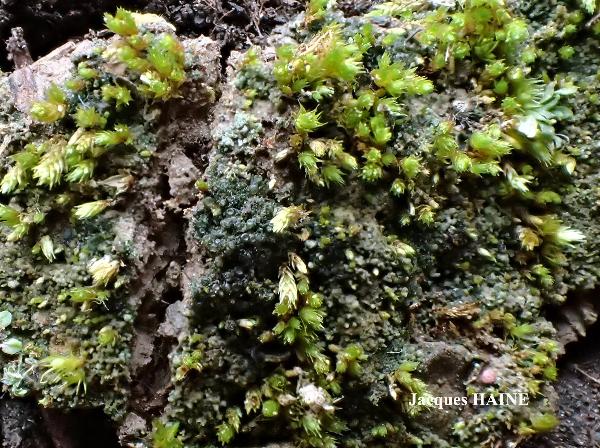
Jacques Haine - Source: http://www.lichensmaritimes.org/index.php?task=fiche&lichen=1247&lang=en
Belgium
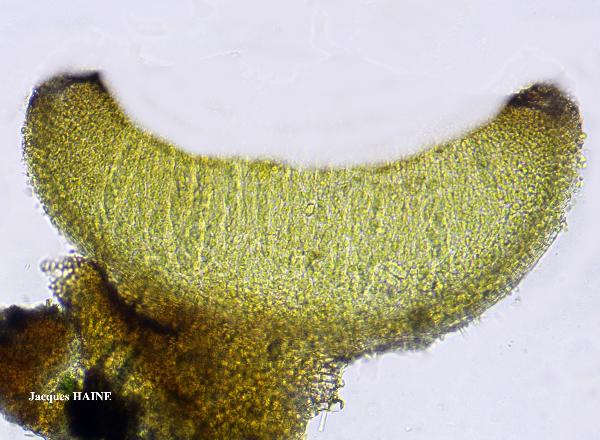
Jacques Haine - Source: http://www.lichensmaritimes.org/index.php?task=fiche&lichen=1247&lang=en
Belgium
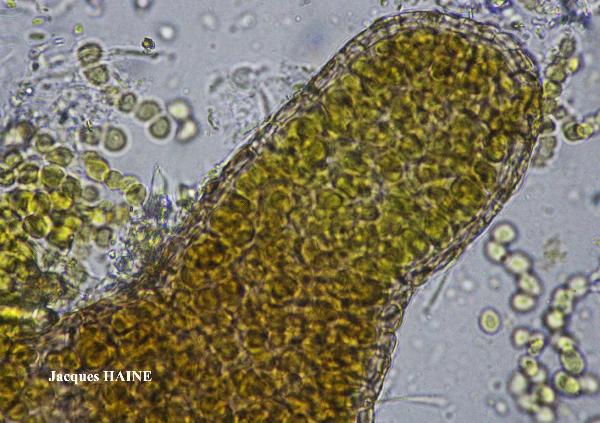
Jacques Haine - Source: http://www.lichensmaritimes.org/index.php?task=fiche&lichen=1247&lang=en
Belgium
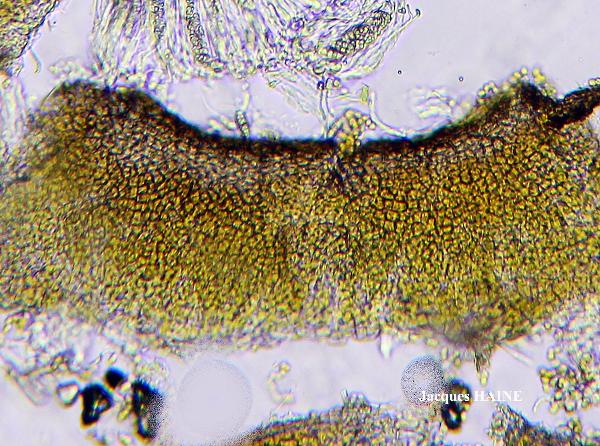
Jacques Haine - Source: http://www.lichensmaritimes.org/index.php?task=fiche&lichen=1247&lang=en
Belgium

Jacques Haine - Source: http://www.lichensmaritimes.org/index.php?task=fiche&lichen=1247&lang=en
Belgium
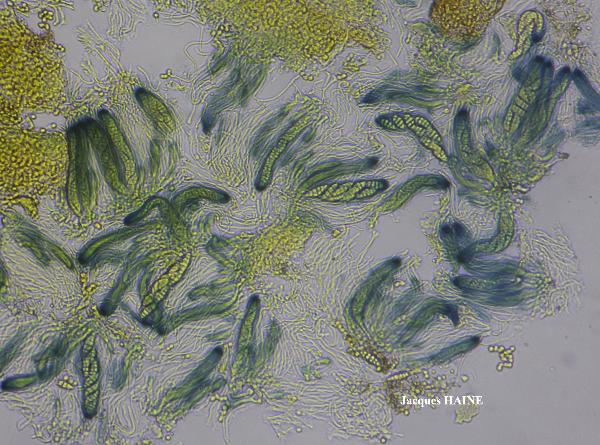
Jacques Haine - Source: http://www.lichensmaritimes.org/index.php?task=fiche&lichen=1247&lang=en
Belgium
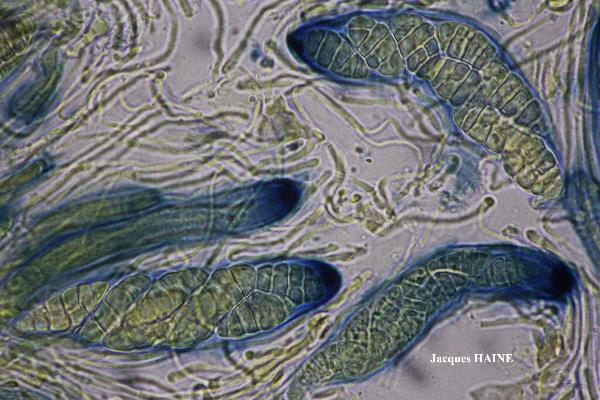
Jacques Haine - Source: http://www.lichensmaritimes.org/index.php?task=fiche&lichen=1247&lang=en
Belgium
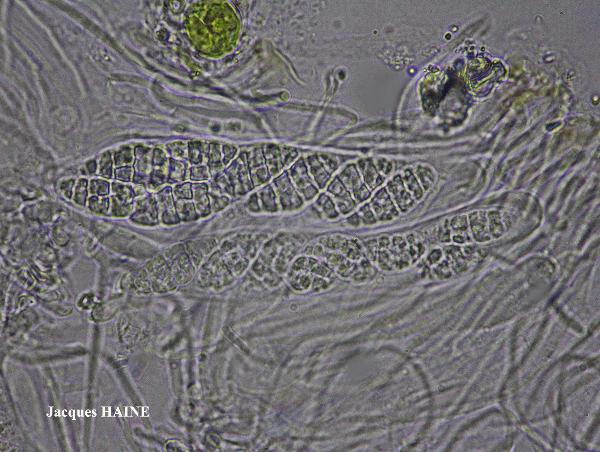
Jacques Haine - Source: http://www.lichensmaritimes.org/index.php?task=fiche&lichen=1247&lang=en
Belgium

Jacques Haine - Source: http://www.lichensmaritimes.org/index.php?task=fiche&lichen=1247&lang=en
Belgium
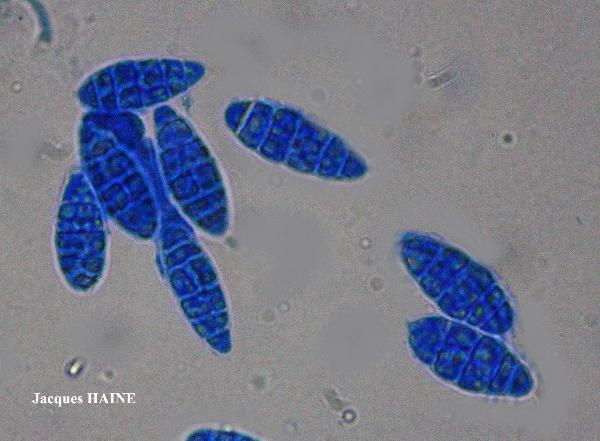
Jacques Haine - Source: http://www.lichensmaritimes.org/index.php?task=fiche&lichen=1247&lang=en
Belgium
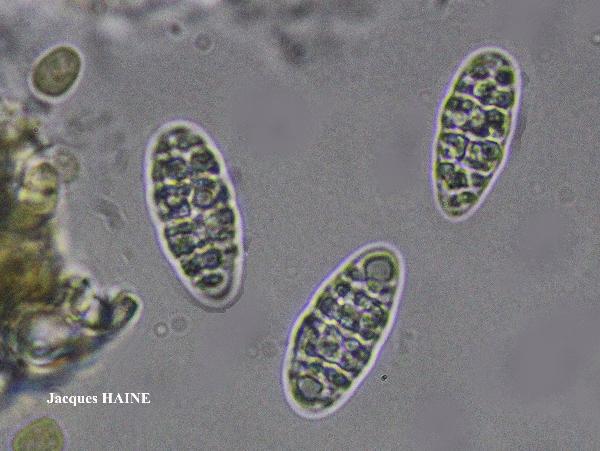
Jacques Haine - Source: http://www.lichensmaritimes.org/index.php?task=fiche&lichen=1247&lang=en
Belgium
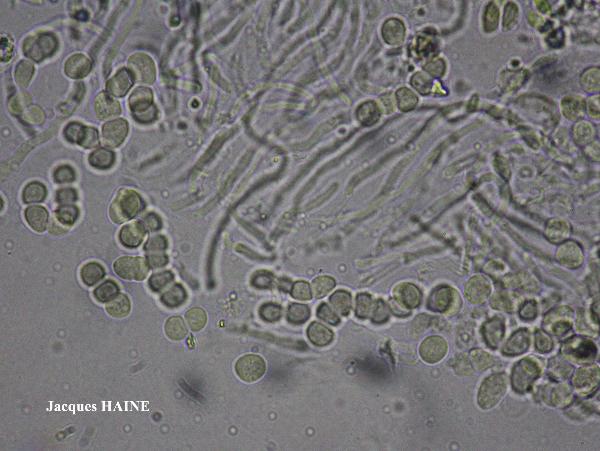
Jacques Haine - Source: http://www.lichensmaritimes.org/index.php?task=fiche&lichen=1247&lang=en
Belgium
Growth form: Squamulose
Substrata: bark, soil, terricolous mosses, and plant debris
Photobiont: cyanobacteria, filamentous (e.g. Nostoc, Scytonema)
Reproductive strategy: mainly sexual
Commonnes-rarity: (info)
Alpine belt: absent
Subalpine belt: absent
Oromediterranean belt: absent
Montane belt: rare
Submediterranean belt: rather rare
Padanian area: absent
Humid submediterranean belt: rather rare
Humid mediterranean belt: absent
Dry mediterranean belt: absent

Predictive model
| Herbarium samples |


Curtis Randall Björk – CC BY-SA 4.0
British Columbia, Wells Gray Provincial Park area, Edgewood Research & Education Centre Date: 2011-03-08 On moss at base of Populus trichocarpa in open Betula-Picea-Pinus-Populus forest; photographed from a specimen


Curtis Randall Björk – CC BY-SA 4.0
British Columbia, Clearwater Valley, Dawson Falls Date: 2012-04-08 On wood of Thuja snag in oldgrowth forest, in waterfall sprayzone


P.L. Nimis; Owner: Department of Life Sciences, University of Trieste
Herbarium: TSB (24351)
2001/11/26

Jacques Haine - Source: http://www.lichensmaritimes.org/index.php?task=fiche&lichen=1247&lang=en
Belgium

Jacques Haine - Source: http://www.lichensmaritimes.org/index.php?task=fiche&lichen=1247&lang=en
Belgium

Jacques Haine - Source: http://www.lichensmaritimes.org/index.php?task=fiche&lichen=1247&lang=en
Belgium

Jacques Haine - Source: http://www.lichensmaritimes.org/index.php?task=fiche&lichen=1247&lang=en
Belgium

Jacques Haine - Source: http://www.lichensmaritimes.org/index.php?task=fiche&lichen=1247&lang=en
Belgium

Jacques Haine - Source: http://www.lichensmaritimes.org/index.php?task=fiche&lichen=1247&lang=en
Belgium

Jacques Haine - Source: http://www.lichensmaritimes.org/index.php?task=fiche&lichen=1247&lang=en
Belgium

Jacques Haine - Source: http://www.lichensmaritimes.org/index.php?task=fiche&lichen=1247&lang=en
Belgium

Jacques Haine - Source: http://www.lichensmaritimes.org/index.php?task=fiche&lichen=1247&lang=en
Belgium

Jacques Haine - Source: http://www.lichensmaritimes.org/index.php?task=fiche&lichen=1247&lang=en
Belgium

Jacques Haine - Source: http://www.lichensmaritimes.org/index.php?task=fiche&lichen=1247&lang=en
Belgium

Jacques Haine - Source: http://www.lichensmaritimes.org/index.php?task=fiche&lichen=1247&lang=en
Belgium

Jacques Haine - Source: http://www.lichensmaritimes.org/index.php?task=fiche&lichen=1247&lang=en
Belgium

Jacques Haine - Source: http://www.lichensmaritimes.org/index.php?task=fiche&lichen=1247&lang=en
Belgium

 INDEX FUNGORUM
INDEX FUNGORUM
 GBIF
GBIF
 DOLICHENS
DOLICHENS
